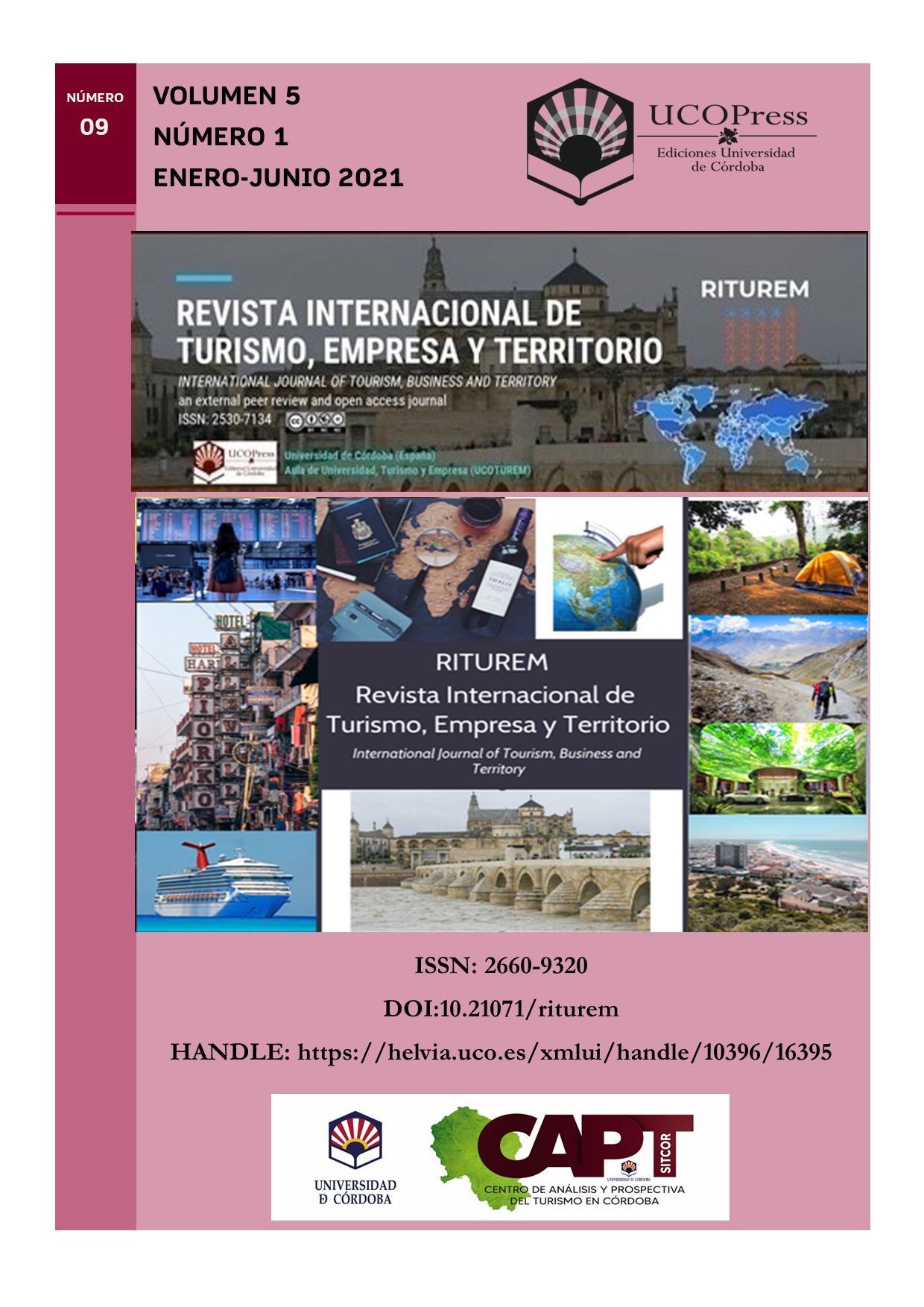Analysis of the image South Korean university students have of Barcelona before visiting
##plugins.themes.bootstrap3.article.main##
Resumo
The aim of this study is to determine the necessity of measuring the present image of the destinations that are important in tourism marketing and then to provide fundamental material for a marketing strategy parallel to this image. In 2018, 225 thousand Korean tourists arrived in Catalonia, 60% more than in 2017. And since 2012, the number of tourists of this destination has multiplied by 4.5. This tourist flow increases year after year and Barcelona is one of the preferred destinations. Beyond this small context, the truth is that the Catalan tourism industry does not have conscientious studies that describe the image of Barcelona perceived by the Korean tourists. Therefore, statistical data have been analyzed and 340 surveys have been carried out on young Korean people in their twenties who intend to travel to Barcelona. A credibility analysis and a regression analysis were conducted to study the effects of these affective and cognitive images on South Korean students’ intention to visit. As a result of this study, affective image was rejected because it did not have an impact on intention to visit, while cognitive image was found to do influence it.
Keywords: Barcelona; Korean tourists; young tourism; South Korea; tourist image
Downloads
##plugins.themes.bootstrap3.article.details##
Avisos de derechos de autor propuestos por Creative Commons
Política propuesta para revistas que ofrecen acceso abierto
Aquellos autores/as que tengan publicaciones con esta revista, aceptan los términos siguientes:
- Los autores/as conservarán sus derechos de autor y garantizarán a la revista el derecho de primera publicación de su obra, el cuál estará simultáneamente sujeto a la licencia Creative Commons CC BY-NC 4.0 (https://creativecommons.org/licenses/by-nc/4.0/deed.es ) , que permite a terceros compartir la obra y permitir obras derivadas siempre que se indique su autor, su primera publicación en esta revista y cuando no se haga uso comercial.
- Los autores/as podrán adoptar otros acuerdos de licencia no exclusiva de distribución de la versión de la obra publicada (p. ej.: depositarla en un archivo telemático o en un repositorio institucional o publicarla en un libro monográfico) siempre que se indique la publicación inicial en esta revista.
- Se permite y recomienda a los autores/as difundir su obra a través de Internet (p. ej.: en archivos telemáticos y repositorios institucionales o en su página web) antes, durante y con posterioridad al proceso de envío, lo cual puede producir intercambios interesantes y aumentar las citas de la obra publicada. (Véase El efecto del acceso abierto).
